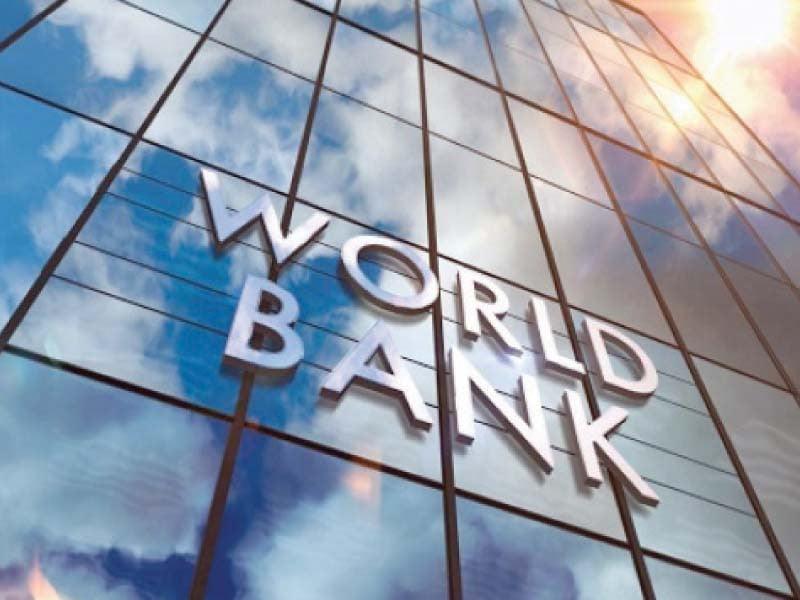Islamabad: The World Bank has revised the global income thresholds used to measure poverty, leading to a sharp increase in poverty in Pakistan, which is now 44.7%. However, experts warn that the updated figure cannot fully seize current realities due to the dependence on obsolete data of the 2018-2019 (HIES) household survey.
The lender based in Washington published his new international poverty line on Thursday to reflect changes in the prices of goods and services and their implications on the world’s population.
The new poverty line for Pakistan, which is a lower intermediate income country, is set at $ 4.20 per person and per day, compared to $ 3.65, said Christina Wieser, superior poverty economist, while informing the media on Thursday.
She said that due to the upward revision, for the low -average level of low income, the poverty ratio increased from 39.8% of the old level to 44.7% on the $ 4.20 threshold per day.
Learn more: Poverty is imaginatively evaluated, but the poor remain poor
The World Bank has also updated extreme poverty from $ 2.15 to $ 3 per person per day. Due to the revision of the threshold, 16.5% of the Pakistani population lives in extreme poverty, against 4.9% below the previous $ 2.15 threshold, said Christina.
She said one of the reasons for such a high jump was that the majority of people had been grouped around the income level from $ 2.15 to $ 3 per day, which resulted in a significant increase.
About 82% of this increase in extreme poverty is due to the higher value of the new international poverty line reflecting the increase in only national poverty lines, the rest explained by price increases in Pakistan between 2017 and 2021, according to the World Bank.
The World Bank did not use the latest population census data and rather relied on the United Nations population sets.
Christina also added that the underlying data of household and expenses (HIES) 2018/19 were used for national and international estimates. Although international poverty thresholds are essential to follow global progress and comparisons, national lines remain more appropriate to enlighten specific political decisions in the country, said the main economist.
Also read: Rethink poverty: the rise of new poor in Pakistan
Everything that has affected since 2019 is not included, neither COVID-19, nor the floods of 2022, because the basic line remains the same, said Christina while answering a question. We are desperately awaiting the new economic poll integrated into the household to update our baseline, she added.
Local economists had estimated a sharp increase in poverty after the 2022 floods, which flooded a quarter of the country and had a negative impact on the populations in three provinces.
These updates to international poverty lines ensure that poverty estimates remain exact and comparable between countries. The methodology remains consistent with the updates passed, continuing a practice which began with the introduction of the dollar line per day in 1990, according to the World Bank economist.
“Revisions help position Pakistan’s poverty levels in a global context and highlight the importance of continuous efforts to reduce vulnerability and improve resilience,” said Najy Benhassine, outgoing director of the World Bank for Pakistan.
For targeting national policy and the program, the national poverty line remains unchanged and continues to serve as a main reference to assess poverty in Pakistan, said Christina.
The next evaluation of poverty, equity and resilience of the World Bank for Pakistan will provide a critical context to interpret these updated poverty estimates, she added. The report would offer a detailed update on poverty, inequalities and non -monetary results, will investigate the main drivers of poverty and describe a prospective program to improve prosperity and resilience to all Pakistanis.
Learn more: The project funded by the World Bank is double after the revision
According to the latest officially available figures from the government, which are based on the 2018-2019 survey, 21.9% of the population lived below the national poverty line. However, as national poverty lines differ considerably, the resulting poverty rates are not comparable to the international.
The need for new thresholds of international poverty arises from the evolution of price levels and the cost of basic needs around the world and within income groups, according to Christina Wieser.
To maintain specific global comparisons, the World Bank periodically updates these poverty lines. International poverty estimates are based on the workforce of people with consumption below the international poverty line, defined in purchasing power parities (PPP).
Pakistan is one of the countries that are undergoing the largest changes in poverty during the transition to PPP 2021 on the basis of the low -income international poverty line, according to the World Bank.
The World Bank said that the international poverty line should only be used for the comparison and analysis of cross-country; To assess poverty in a particular country (Pakistan), the national poverty line remains the appropriate standard.
Revisions help position Pakistan’s poverty levels in a global context and highlight the importance of continuous efforts to reduce vulnerability and improve resilience.
The new figures reflect the updated international thresholds and improved data from other countries, not the deterioration of living standards, according to Christina.




